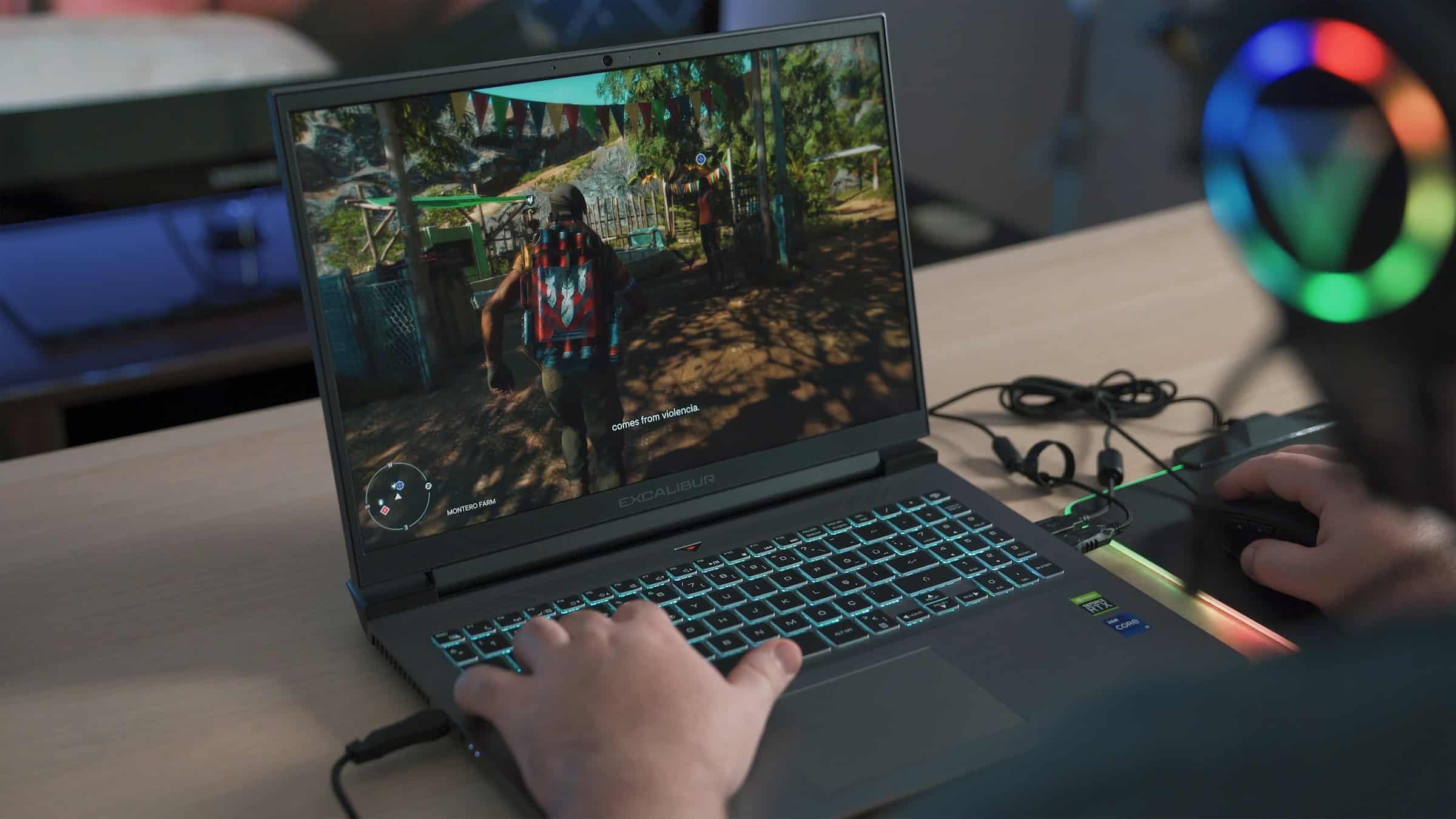
How can developers use eye-tracking technology to enhance user experience in FPS games?
In today's rapidly evolving gaming landscape, developers constantly seek innovative ways to deliver immersive and engaging experiences. Eye-tracking technology, which monitors and responds to where a user is looking, holds immense potential in transforming First-Person Shooter (FPS) games. This article delves into how developers can utilize eye-tracking technology to elevate the user experience for FPS gamers, making gameplay more intuitive, responsive, and immersive.
Understanding Eye-Tracking Technology
Eye-tracking technology utilizes sensors, cameras, and sophisticated algorithms to monitor and interpret where a player is looking on the screen in real-time. This technology can track gaze direction, duration, and even pupil dilation, providing valuable insight into player behavior and preferences. By understanding exactly where and how long players focus their gaze, developers can tailor gameplay elements to create a more seamless and intuitive experience.
A lire également : What are the key considerations for designing realistic character animations in action games?
Integrating eye-tracking into FPS games can revolutionize player interaction, allowing for more natural and immersive controls. For instance, aiming and targeting can become more fluid as the game responds directly to the player's line of sight. Additionally, eye-tracking can enhance user interfaces by making menus and HUD elements more responsive and less obtrusive, thereby reducing distractions and improving overall game flow.
Beyond gameplay mechanics, eye-tracking data can also be used for user research, providing developers with deeper insights into player engagement and pain points. This data can inform design decisions, leading to more refined and player-centric game experiences.
Sujet a lire : What are the benefits of using real-time analytics to optimize in-game economies?
Enhancing Aiming and Targeting Mechanisms
One of the most promising applications of eye-tracking technology in FPS games is the enhancement of aiming and targeting mechanisms. Traditionally, players use a combination of mouse, keyboard, or controller inputs to aim and shoot at targets. Eye-tracking can streamline this process, allowing players to aim where they look, thus creating a more intuitive and immersive experience.
By integrating eye-tracking, developers can enable gaze-based aiming, where the crosshair automatically aligns with the player's focal point. This can significantly reduce the learning curve for new players and provide a competitive edge for experienced gamers. Moreover, gaze-based aiming can reduce the physical strain associated with prolonged gaming sessions, as players rely less on precise hand-eye coordination and more on natural eye movements.
In addition, eye-tracking can facilitate dynamic targeting, where the game adjusts the difficulty and responsiveness of enemies based on where players are looking. For instance, if a player frequently glances at a specific area of the screen, the game can anticipate this and adjust enemy behavior accordingly. This can lead to more engaging and challenging gameplay, keeping players on their toes and enhancing overall satisfaction.
Improving User Interfaces and HUDs
A significant challenge in FPS games is managing the amount of information presented on the screen without overwhelming the player. Heads-Up Displays (HUDs) often contain critical data such as health, ammunition, maps, and objectives. However, an overcrowded HUD can distract players and detract from the immersive experience.
Eye-tracking technology offers a solution by enabling adaptive and context-sensitive HUDs. By tracking where players are looking, developers can design HUD elements that appear only when needed, reducing clutter and enhancing focus. For instance, if a player glances at the health bar, it can momentarily enlarge for better visibility and then shrink back to its original size when the player looks away.
Additionally, eye-tracking can improve menu navigation and interaction. Rather than navigating through menus using traditional inputs, players can select options simply by looking at them. This not only speeds up the process but also makes it more intuitive and user-friendly. Eye-tracking can also enable gaze-based shortcuts, where players can quickly access frequently used commands by looking at specific areas of the screen.
Creating More Immersive and Engaging Gameplay
Eye-tracking technology can significantly enhance the sense of immersion and engagement in FPS games. By responding to players' natural eye movements, games can create more realistic and interactive environments. For example, NPCs can react to players' gaze, making the game world feel more alive and responsive. If a player stares at an NPC for an extended period, the NPC might acknowledge the player's presence or even initiate a conversation.
Furthermore, eye-tracking can be used to create innovative gameplay mechanics that rely on visual attention. For instance, developers can design puzzles or challenges that require players to focus on specific objects or areas, adding a new layer of complexity and immersion to the game. Additionally, eye-tracking can enhance narrative elements by allowing players to uncover hidden storylines or secrets based on where they look.
In horror or suspense-based FPS games, eye-tracking can amplify the sense of tension and fear. By monitoring players' gaze, the game can trigger events or changes in the environment based on where players are looking, creating more personalized and unpredictable experiences. This can lead to heightened emotional engagement and a deeper sense of immersion.
Leveraging Eye-Tracking Data for User Research
Beyond enhancing gameplay and user interfaces, eye-tracking technology provides valuable data for user research and development. By analyzing where and how long players focus their gaze, developers can gain insights into player behavior, preferences, and pain points. This data can inform design decisions, leading to more refined and player-centric game experiences.
For example, eye-tracking data can reveal which areas of the game world attract the most attention, allowing developers to optimize level design and visual elements. It can also highlight parts of the game where players struggle or lose interest, enabling developers to identify and address potential issues. Additionally, eye-tracking can provide feedback on the effectiveness of tutorials and onboarding processes, helping developers create more intuitive and accessible experiences for new players.
Eye-tracking data can also be used to personalize the gaming experience for individual players. By understanding each player's unique visual behavior, developers can tailor gameplay elements to suit their preferences and playstyle. This can lead to more engaging and satisfying experiences, fostering player loyalty and retention.
Incorporating eye-tracking technology into FPS games offers a wealth of opportunities to enhance user experience. By enabling more intuitive aiming and targeting mechanisms, improving user interfaces and HUDs, creating immersive and engaging gameplay, and leveraging valuable data for user research, developers can create more responsive, engaging, and player-centric experiences. As eye-tracking technology continues to advance, its potential to transform the gaming landscape will only grow, providing developers with powerful tools to push the boundaries of what is possible in FPS games.
In conclusion, eye-tracking technology holds immense promise for enhancing user experience in FPS games. By leveraging this technology, developers can create more intuitive, engaging, and immersive gameplay, ultimately leading to more satisfied and loyal players. As we continue to explore the potential of eye-tracking, the future of FPS gaming looks brighter than ever.
